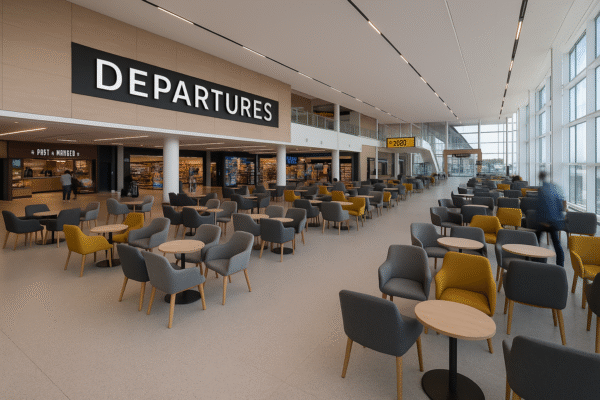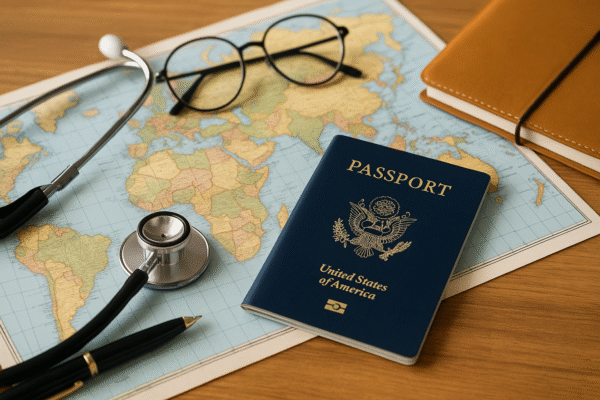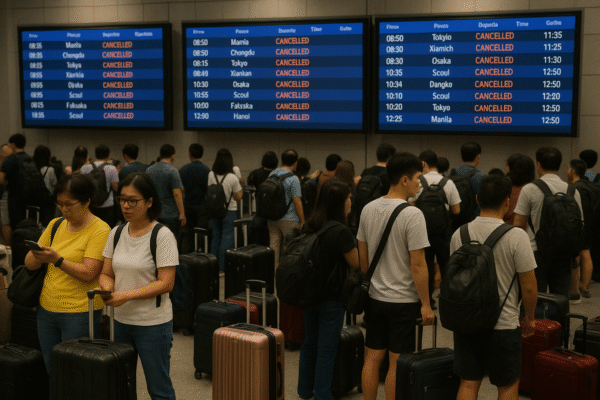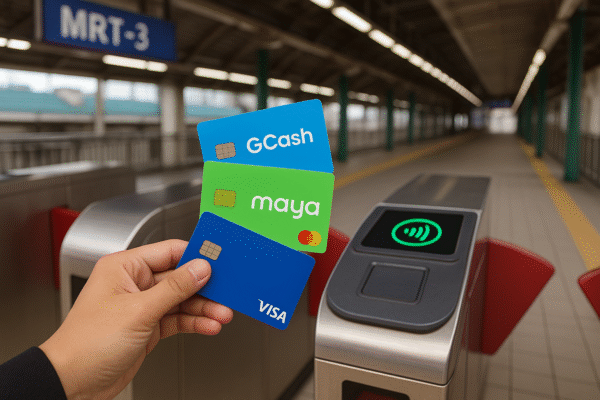Metro Manila’s bustling commuters are entering a new digital era as the Department of Transportation (DOTr) officially rolls out contactless fare payments for the MRT-3 line. As of July 25, 2025, passengers can now use GCash, Maya, and Visa debit or credit cards to pay for their MRT-3 rides—eliminating the need for physical tickets or cash at turnstiles. This move positions the Philippines alongside global cities adopting open-loop payment systems, simplifying transit access and championing digital transformation in public services.
Digital Payments Reshape Commuting in Metro Manila
For over a decade, Metro Manila’s transit system has faced mounting pressure to modernize its infrastructure and commuter services. The MRT-3, a key line stretching from North Avenue in Quezon City to Taft Avenue in Pasay, serves thousands of daily commuters. With the integration of mobile wallets and bank cards into its payment system, MRT-3 is now aligned with smart city goals promoted under the Philippine Development Plan 2023–2028.
This evolution reflects a collaborative initiative spearheaded by the DOTr, the Bangko Sentral ng Pilipinas (BSP), the Department of Information and Communications Technology (DICT), and the Land Bank of the Philippines. Their collective aim: to increase financial inclusion, boost commuter efficiency, and future-proof the nation’s urban mobility systems.
GCash and Maya Take the Lead in Urban Mobility Innovation
GCash, the Philippines’ most widely used mobile wallet, now empowers commuters to pay MRT-3 fares with just a few taps. Users can open the app, scan the station’s QR code, and input their fare—completing the process in under 10 seconds. The GCash Visa card also provides tap-to-pay functionality for faster, cashless access at ticket gates.
Maya, another homegrown fintech player, complements the initiative by offering contactless payments via its Maya Wallet Card, Maya Black Credit Card, and Landers Cashback Everywhere Credit Card. These solutions expand consumer choice and ensure that riders are not limited to one payment platform, driving adoption across demographics.
According to BSP, the volume of digital payments in the Philippines rose to 42.1% of total transactions in 2023. With public transport now part of this ecosystem, further growth in digital adoption is expected across the archipelago.
MRT-3’s Open-Loop Payment System: What It Means for Commuters
The MRT-3’s new payment setup follows an open-loop model, which allows passengers to use existing EMV-enabled bank cards and e-wallets—without needing dedicated transit cards. This model is already used in transit systems in London, Singapore, and New York, and its adoption in the Philippines is a significant leap toward global transportation standards.
Benefits for commuters include:
- No reloading hassle – Payments are deducted directly from bank or e-wallet accounts.
- Faster entry – Simply tap a card or scan a QR code to board.
- Financial inclusivity – Accessible even to the unbanked through mobile wallets.
The DOTr confirmed that this system would continue expanding to LRT lines and future subway networks, marking a broader modernization effort for urban mobility in the Philippines.
Step-by-Step Guide: How to Use GCash or Maya for MRT-3
To help first-time users, here’s a quick breakdown of the GCash MRT-3 fare payment process:
- Open the GCash app on your smartphone.
- Tap the QR icon from the main dashboard.
- Scan the MRT-3 station’s displayed QR code.
- Input your fare amount and confirm.
- Receive confirmation—your payment is instantly processed.
Maya users can follow a similar process, or simply tap their Maya-issued cards on contactless terminals at station gates.
Public and Private Sector Collaboration: A Model for Smart Cities
This digital transition didn’t happen overnight. It stemmed from strategic public-private collaboration. The BSP’s “Paleng-QR PH Plus” program and DICT’s “Digital Cities 2025” roadmap laid the foundation for cashless ecosystems in transport, retail, and government transactions. The Land Bank of the Philippines, through its Link.BizPortal, also supports the integration of fare payments with national digital infrastructure.
According to DOTr Secretary Jaime Bautista, this move represents “a transformative shift in how Filipinos experience daily travel. It’s about inclusivity, speed, and modernization.”
Supporting Financial Inclusion and National Growth
More than just a tech upgrade, this shift supports the Philippine government’s goal to boost financial inclusion. According to BSP’s 2021 Financial Inclusion Survey, about 47% of Filipino adults remain unbanked. By offering non-bank payment options like GCash and Maya, even those without traditional accounts can access fast, secure transit services.
As mobile phone penetration and internet connectivity improve across the country, digital mobility solutions will play a key role in bridging infrastructure gaps and reducing the socioeconomic divide in access to public services.
Future Plans: Toward a Fully Digitized Transport Network
DOTr officials announced plans to scale this cashless payment system to the Light Rail Transit (LRT-1 and LRT-2), EDSA Bus Carousel, provincial terminals, and the upcoming Metro Manila Subway. Testing for interoperable fare collection systems is also underway, potentially allowing passengers to switch lines using just one mobile wallet or contactless card.
In addition, GCash has hinted at integrating NFC (near-field communication) technology to enable tap-to-pay capabilities without scanning QR codes—a feature already live in their partner cities abroad.
Conclusion
With over 13 million commuters relying on public transport daily in Metro Manila, the transition to cashless payments at MRT-3 stations is a monumental step forward. It reflects the Philippines’ growing commitment to smart infrastructure, digital inclusion, and public sector innovation. By embracing mobile wallets and open-loop systems, the country is reimagining how people move, pay, and access public services in an increasingly digital world.
As other Southeast Asian nations roll out similar initiatives, the Philippines stands out as a regional leader in transport modernization, driven by fintech innovation and inclusive development.
For more travel news like this, keep reading Global Travel Wire


















